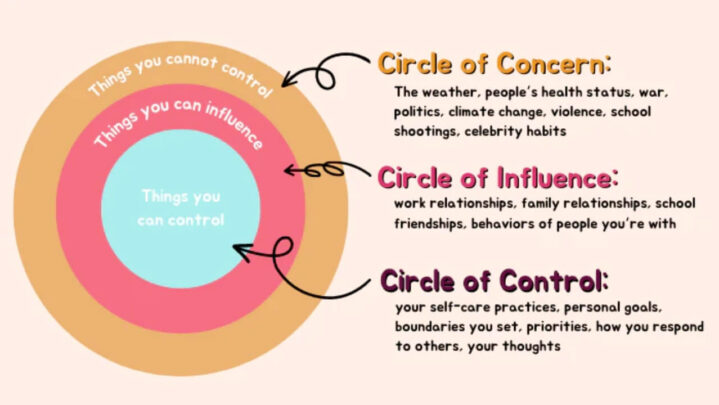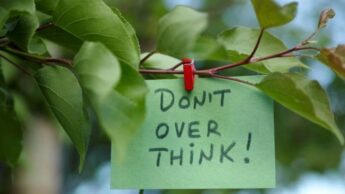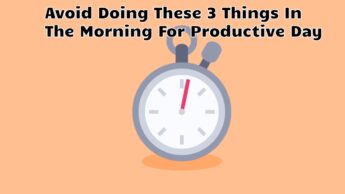Imagine how adopting a gardener’s mindset may significantly improve our lives.
Read this article for scholarly advice on how to make the most of the circle of control if you want to stop feeling helpless and take back control of your life.
This mode of thinking, where the circle of control must be the primary consideration, was inspired by Stephen Covey’s book Seven Habits of Highly Effective People. According to Covey, all problems fit into one of two rings:
Everything that causes us anxiety or worry is symbolized by the Circle of Concern. We don’t really have much control over these problems.
Everything we can influence or influence in some way is represented by the Circle of Influence. Typically, your Circle of Concern encompasses your Circle of Influence.
On what should you concentrate your energy?
The model enables us to decide where to concentrate our time and efforts. The Circle of Influence is the inner circle, while the Circle of Concern is the outside circle. The Circle of Concern grows as your Circle of Influence decreases, and the reverse is true when your Circle of Influence increases.
Making changes more effectively may be achieved by concentrating your efforts on areas that you can change. Your Circle of Influence grows as a result. The Circle of Influence, however, gets smaller when you exert your energy on things that are beyond your control.
Control Circle
Your response to these occurrences outside of your control is a circle of control. The circle of control is made up of your ideas, behavior, and zeal. You have the ability to influence these things.
The Circle of Control: Why Is It Important?
You may maintain a healthy mentality by paying attention to the Circle of Control. In other words, when your life is exclusively concerned with factors that you can manage, you may anticipate greater mental well-being.
Today, it is clear that we should spend the majority of our time and action on things that fall within our sphere of power.





